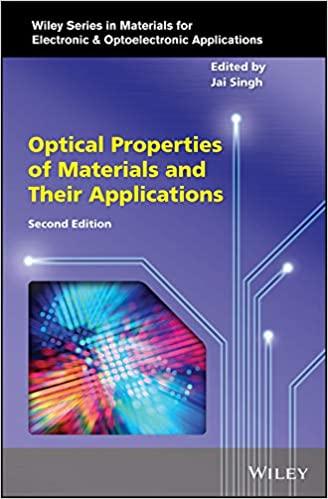Could someone help me answer these questions?
Name Date CONCEPTUAL Physical Science PRACTICE SHEET Name_ Date _ Chapter 16: Mixtures CONCEPTUAL Physical Science PRACTICE SHEET Solutions Chapter 17: How Chemicals React Balancing Chemical Equations these terms to complete the following sent nces, Some terms may be used more than once solution solvent solute In a balanced chemical equation the number of times each elem ent appears as a reactant is equal to dissolve concentrated he number of times it appears as a product. For example, dilute saturated concentration mole 2 H2 + O2 2 H20 molarity solubility soluble insoluble precipitate supersaturated coefficients (the Int aring before the chemical formula) indicate the number hes each chemical formula is to be counted and subscripts indicate when a particular element occurs more than once within the formula. M Check whether or not the following chemi quarions are balanced Sugar is in water for the two can be mixed homogeneously to form a 3 NO N20 + NO2 O balanced; O unbalanced The SIO2 + 4 HF SIF4 + 2 H20 O balanced; ] unbalanced geneous mixtures are easily prepared. Sugar, however, is not infinitely 4 NH3 + 5 02 4 NO + 6 H20 ( balanced; ) unbalanced in water for when too much of this is added to water, which behaves as the the solution becomes Unbalanced equations are balanced by changing the coefficients. Subscripts, however, should never be changed because this changes the chemical's identity-HaO is water, but HaOz is hydrogen L. At this point any addition _for it will not peroxide! The following steps may help guide you: with the left-most element and modify the the temperature of a saturated sugar solution is lowered, the 1. Focus on balancing only one element at a time. Start with thebeatrow In of the sugar in water is also times. coefficients such that this element appears on both sides of the arrow the same num lowered. If some of the sugar comes out of solution, It is said to form a If, however, the 2. Move to the next element and modify the coefficients so as to balance this element. Do not sugar remains in solution despite the decrease in solubility, then the solution is said to be worry if you incidentally, unbalance the previous element. You will come back to it in subsequent steps. Adding only a small amount of sugar to water results in a solution. 3. Continue from left to right balancing each element individually. The of this solution or any solution can be meas which beat steps 1 - 3 until ali elements are balanced. tells us the number of solute molecules per liter of solution. If there are 6.022 x 1023 molecules in I liter Use the above methodology to balance the following chemical equations of solution, then the of the solution is 1 per liter. N20 -N2 + This is just one of NaCIO3 NeCI + the many methods that chemists hove developed to 2. Temperature has a variety of effects on the solubilites of various solutes. With some solutes, such as MnCl2 + AI Mn + AICIs balance chemical easing temperature. With other solutes, such as sodium chloride the ncing temperature has no significant effect. With some solutes, such as lithium + -H20 H2 + KOH equations sulfate, LlySO., the solubility actually decreases with increasing temperature. Al203 +_ C Al + a. Describe how you would prepare a supersaturated solution of lithium sulfate. CO2 NH3 + _F2 - NHAF + _NF3 b. How might you cause a saturated solution of lithium sulfate to form a precipitate? wing how to balance a chemical equation is a useful technique. but understanding why a chemical quation needs to be balanced in the first place is for more important Nome .Date CONCEPTUAL Physical Science PRACTICE SHEET Chapter 15: How Atoms Bond and Molecules Attract Atoms to Molecules 10690900 Subatomic particles are the The reaction represented in the following diagrams is best In fundamental building blocks of described by which of the following equations? protons neutrons electrons SUBATOMIC PARTICLES An atom is a group of held tightly fogether. An oxygen atom is a. group of 8 -, and .8 ydro A hydrogen atom is a group of hydrogen _and 1 a) 5 BAZ + 3 8 3 C2 4 A2BC + 82 + 3 C2 oxygo b) AC2 + B2 + A A2BC + B2 + C2 ydrogen . 9 c) 5 A2C + 3 B2 + 3C 4 ABC2 + C2 + 3 B2 oxygen atom bydrogen atom d) 5 AC2 + 3 B2 + 3A 4 A2BC + B2 + 3 62 ATOMS e) 8 A + 68 + 10C (A2BC) . B2 + 3 62 A _ - is a group of atoms held Tightly together A In the following diagram of a reaction, which reactant water remains unreacted? consists of 2 atoms and I atom. water water molecule molecule MOLECULES Water is a material made up of billions upon billions of water The physical properties of water ore based upon how these water interact with one another, The electronic attractions None between_ is the main topic of Section 15.8. b) WATER 105







